-
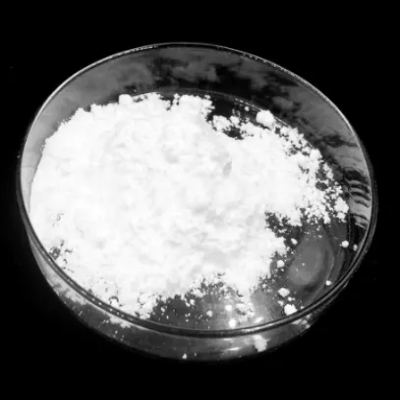
Naphthalene-1,4-dione CAS:130-15-4
Naphthalene-1,4-dione, also known as 1,4-naphthoquinone, is an organic compound consisting of a naphthalene core structure with two ketone functional groups at the 1 and 4 positions. It is an orange crystalline solid that sublimes readily. Naphthalene-1,4-dione is weakly soluble in water but highly soluble in organic solvents like alcohol, acetone and ether. As a 1,4-dihydroxy aromatic compound, it possesses electrophilic reactivity associated with the ketone groups.
-
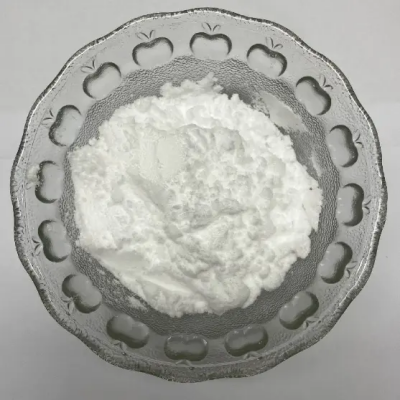
tert-Butylhydrazinehydrochloride CAS:7400-27-3
tert-Butylhydrazinehydrochloride is the hydrochloride salt form of tert-butylhydrazine. The chemical formula is C4H11N2·HCl. It is a white colored solid at room temperature. tert-Butylhydrazinehydrochloride is soluble in water and lower alcohols like methanol and ethanol. The tert-butylhydrazine molecule contains a hydrazine functional group bonded to a tert-butyl substituent. Hydrazine salts have useful reducing properties due to the hydrazine moiety.
-
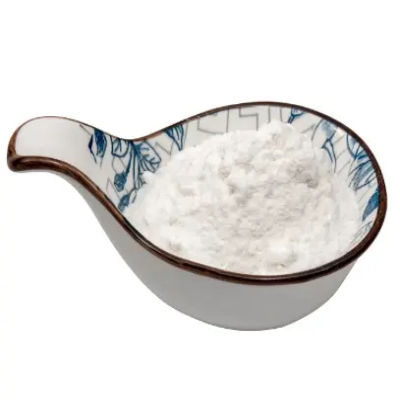
P-Nitrobenzylalcohol CAS:619-73-8
p-Nitrobenzyl alcohol is an organic compound consisting of a nitro-substituted benzene ring bonded to a hydroxyl group. The chemical formula is C7H7NO3. It is a pale yellow crystalline solid that melts around 108°C. As an aromatic alcohol, p-nitrobenzyl alcohol undergoes nucleophilic substitution and oxidation reactions. The nitro group activates the benzene ring toward electrophilic aromatic substitution as well.
-
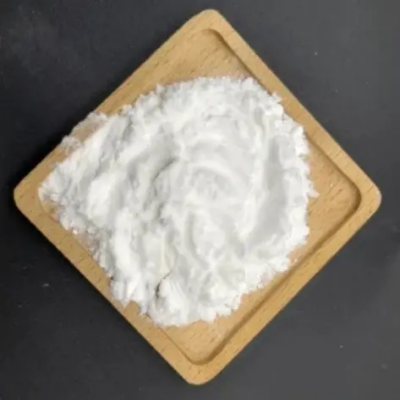
Methylalpha-D-Mannopyranoside CAS:617-04-9
Methyl α-D-mannopyranoside is a pyranose sugar derivative. It contains an α-D-mannopyranose unit with its anomeric hydroxyl group at position 1 converted to a methoxy group through esterification. This pyranose ring exists predominantly in its boat conformation. Methyl α-D-mannopyranoside is a white crystalline solid. As a primary sugar alcohol, it has important applications in organic synthesis and biochemistry.
-

PyridineHydrochloride CAS:628-13-7
Pyridine Hydrochloride is a chemical compound with the molecular formula C5H6ClN. It is a salt formed by the reaction of pyridine with hydrochloric acid. Pyridine Hydrochloride is commonly used as a reagent in organic synthesis due to its ability to facilitate various chemical reactions. It is a white crystalline solid that is soluble in water and other polar solvents.
-
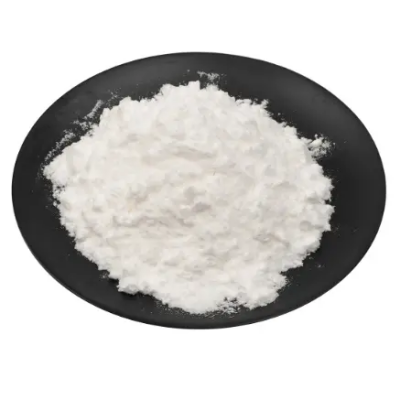
Benzalkoniumchloride CAS:139-07-1
Benzalkonium chloride is a quaternary ammonium compound with the chemical formula C6H5CH2N(CH3)2RCl. It is commonly used as a disinfectant and antiseptic due to its antimicrobial properties. Benzalkonium chloride is effective against a wide range of bacteria, viruses, and fungi, making it a versatile compound in various industries.
-
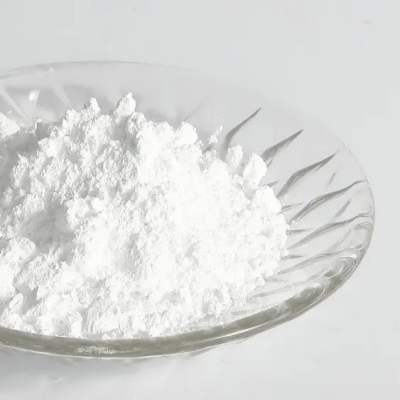
4-Fluorophenol CAS:371-41-5
4-Fluorophenol is an organic compound consisting of a phenol group bonded to a fluorine atom at the para position. The chemical formula is C6H5FO. It is a colorless crystalline solid that melts at around 35°C. 4-Fluorophenol has a higher melting and boiling point compared to phenol due to the electronegative fluorine substituent. It is soluble in organic solvents like ethanol and ether but only slightly soluble in water.
-
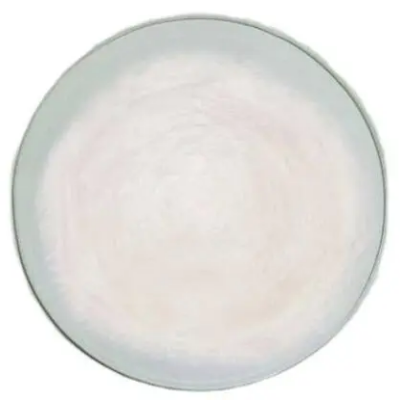
4-Aminobenzonitrile CAS:873-74-5
4-Aminobenzonitrile is an organic compound consisting of a nitrile group bonded to a para-substituted aniline. The chemical formula is C7H6N2. It is a colorless crystalline solid that melts around 113°C. This aromatic dinitrile compound is soluble in common organic solvents but poorly soluble in water. 4-Aminobenzonitrile features both amino and nitrile functional groups which impart diverse reactivities like nucleophilic addition, substitution and oxidation reactions.
-
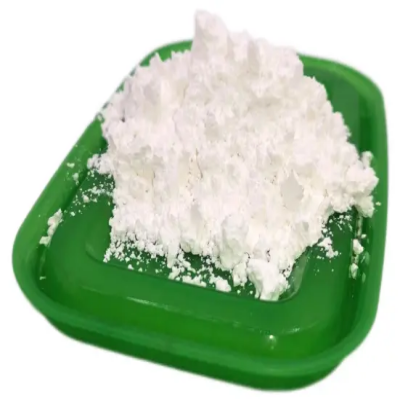
3,3-DimethylacrylicAcidMethylEster CAS:924-50-5
3,3-Dimethylacrylic acid methyl ester is an organic compound consisting of a methyl methacrylate core with additional methyl substitutions at the 3-position of both the acrylic acid and ester groups. The chemical formula is C7H12O2. It is a colorless liquid that boils around 126°C. As an α,α-dialkylated acrylate ester, it retains polymerization reactivity while improving hydrophobicity and steric hindrance.
-

indole-3-carboxylicacid CAS:771-50-6
Indole-3-carboxylic acid is a chemical compound with the molecular formula C9H7NO2. It is a derivative of indole with a carboxylic acid group attached at the 3rd position. This compound is commonly used as an intermediate in organic synthesis due to its unique structure and reactivity.
-
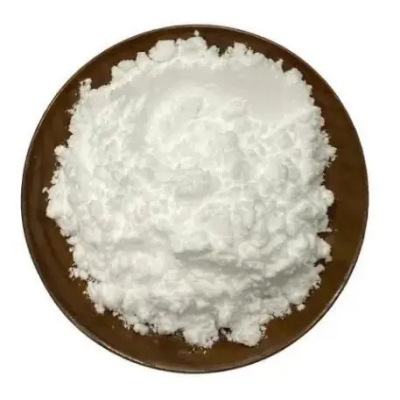
2-Chloroacrylonitrile CAS:920-37-6
2-Chloroacrylonitrile is an organic compound with the chemical formula C3H2ClN. It is a colorless liquid at room temperature. This alkenenitrile features a cyano group and a vinyl chloride substituent. 2-Chloroacrylonitrile is soluble in common organic solvents like acetone, ethanol and ether. It polymerizes readily to form poly(2-chloroacrylonitrile). Due to the presence of both vinyl and nitrile functionalities, this monomer can undergo various types of additions and cycloadditions.
-

Caprylohydroxamicacid CAS:7377-03-9
Caprylohydroxamic acid (CHxA) is an organic compound that contains a hydroxamic acid functional group bonded to an octanoic acid alkyl chain. The chemical formula is C8H17NO2. It is a white crystalline solid that melts between 69-71°C. As a fatty acid hydroxamate derivative, CHxA chelates metal cations and has antimicrobial properties.

